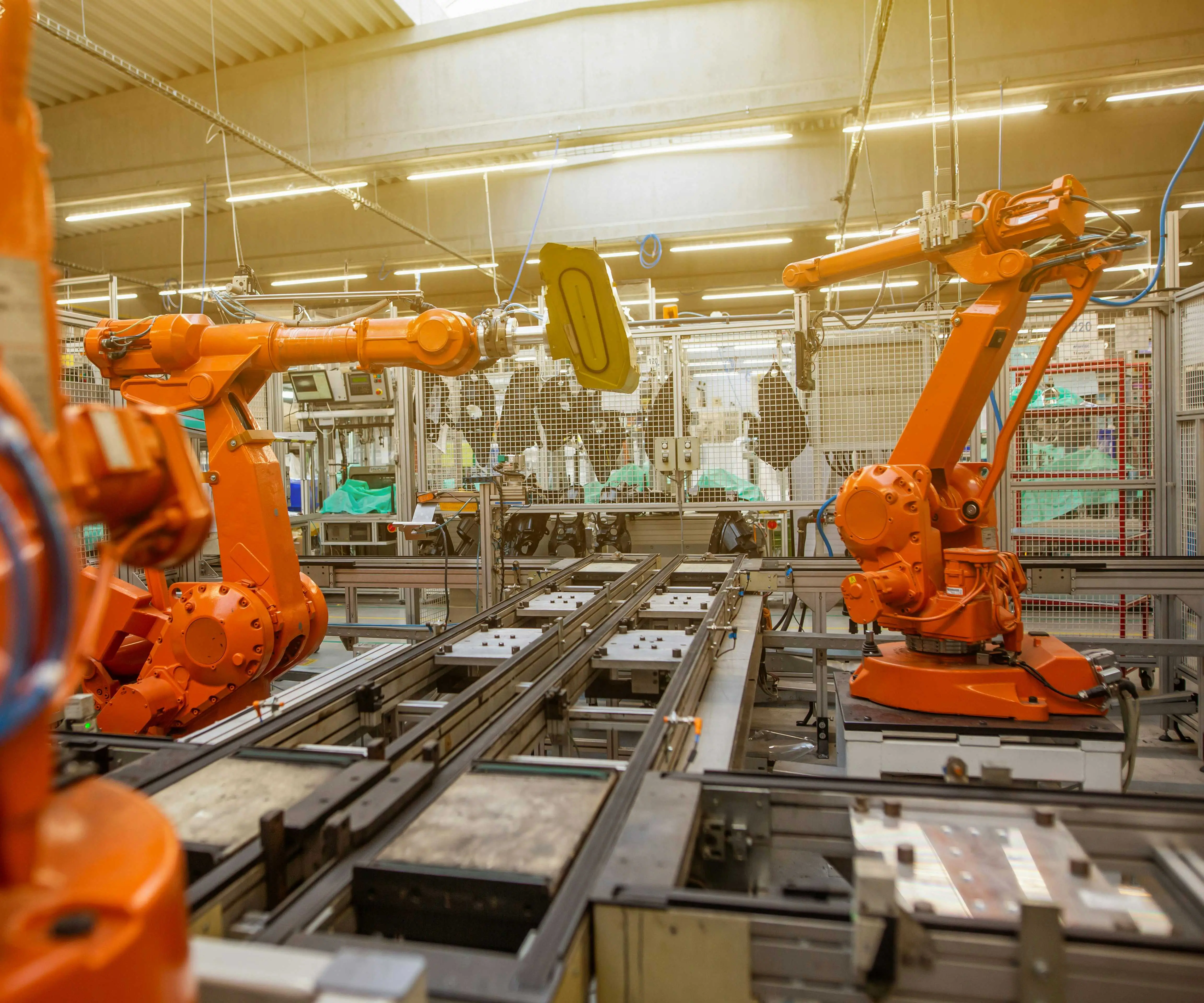Certainly! Here’s the first part of a compelling, attractive soft article on "servo motor cooling system," following your specified format:

In the fast-paced realm of industrial automation and robotics, servo motors stand out as the backbone of precision control and dynamic movement. Whether in manufacturing lines, CNC machines, or robotic arms, these powerhouses deliver exceptional performance. However, with great power comes the imperative to manage heat. Heat buildup isn’t just a minor inconvenience—it can compromise performance, reduce efficiency, and significantly shorten the lifespan of servo motors.
This is where the art and science of servo motor cooling systems come into play. Implementing effective cooling solutions isn't merely a technical necessity; it’s a strategic choice that can transform your operations, ensuring your servo motors operate smoothly and reliably even under grueling conditions.
Understanding the Heat Problem Servo motors convert electrical energy into mechanical motion. During this process, significant amounts of heat are generated due to electrical losses, friction, and electromagnetic resistance. As the motor runs, its internal components—windings, bearings, and cores—warm up. Excessive heat can lead to thermal expansion, insulation deterioration, and, eventually, motor failure.
Many failures in servo motors are directly linked to inadequate heat management, especially when operating continuously or under high loads. Without proper cooling, even the most sophisticated motor can falter prematurely, causing costly downtime and repairs.
The Cooling Challenge: Efficiency vs. Practicality Designing an effective cooling system involves balancing multiple factors—cost, complexity, size, environmental considerations, and maintenance demands. It’s not always feasible to employ high-end cooling solutions for every application. For example, compact or low-power systems might rely on passive techniques, while high-power industries demand more aggressive, active cooling.
Therefore, selecting the right cooling approach boils down to understanding your system’s specific needs—load conditions, operating temperature ranges, environmental factors, and budget constraints.
Passive Cooling Methods For lower power applications or environments where simplicity is paramount, passive cooling techniques may suffice. These typically include heat sinks, natural convection, and radiation. Heat sinks attach directly to the motor or its components, dissipating heat into the surrounding air. Ventilation systems facilitate airflow, helping to carry away heat through natural convection.
While passive methods are straightforward, they have limitations. They depend heavily on ambient conditions and may not adequately handle continuous high loads or harsh environments. Their effectiveness wanes as the heat load increases, leading to potential overheating risks.
Active Cooling Solutions For demanding or high-precision applications, active cooling is often necessary. These systems utilize mechanical or fluid-based methods to enhance heat dissipation:
Liquid Cooling: Circulates a coolant—such as water, glycol, or specialized coolants—through channels or jackets around the motor. Liquid cooling boasts superior thermal transfer capabilities, allowing for higher power densities and more stable operating temperatures.
Air-Cooling: Employs fans or blowers to force air over heat sinks or motor surfaces. Although simpler and less costly than liquid cooling, air-cooling is generally less efficient for high thermal loads.
Immersion Cooling: Submerging parts in non-conductive liquids allows for rapid heat transfer. More common in data centers but increasingly explored for heavy-duty industrial motors.
Choosing the Right Cooling System The decision hinges on several key factors. High-power servo motors in robotics, CNC machining, or aerospace typically require liquid or immersion cooling for sustained, reliable operation. Conversely, small servo systems with intermittent use or lower loads may perform adequately with passive or air-based cooling.
Furthermore, operational environment plays a significant role. Motors operating in dusty, humid, or explosive atmospheres may need sealed, specialized cooling solutions to prevent contamination and ensure safety.
Innovations in Servo Motor Cooling Systems The industry is continually evolving, with innovations aimed at improving efficiency, reducing energy consumption, and simplifying maintenance:
Microchannel Cooling: Employs tiny fluid channels embedded in motor components, significantly increasing heat transfer efficiency without adding bulk.
Phase Change Materials (PCMs): Materials that absorb heat during phase transitions (melting), helping to regulate temperature peaks during periods of high stress.
Smart Cooling Systems: Integrate sensors and IoT technology to monitor temperature in real-time, automatically adjusting cooling intensity or triggering alarms if thresholds are exceeded.
Maintenance and Operational Tips A cooling system’s efficiency depends not just on its design but also on proper maintenance:
Regular inspections for leaks, blockages, or corrosion (especially in liquid cooling systems). Ensuring airflow pathways are unobstructed for air-cooled or passive systems. Using high-quality Coolant fluids and replacing them as per manufacturer recommendations. Monitoring temperature data to preempt overheating and prolong motor lifespan.
Leveraging innovations in modular drive technology, Kpower integrates high-performance motors, precision reducers, and multi-protocol control systems to provide efficient and customized smart drive system solutions.




































